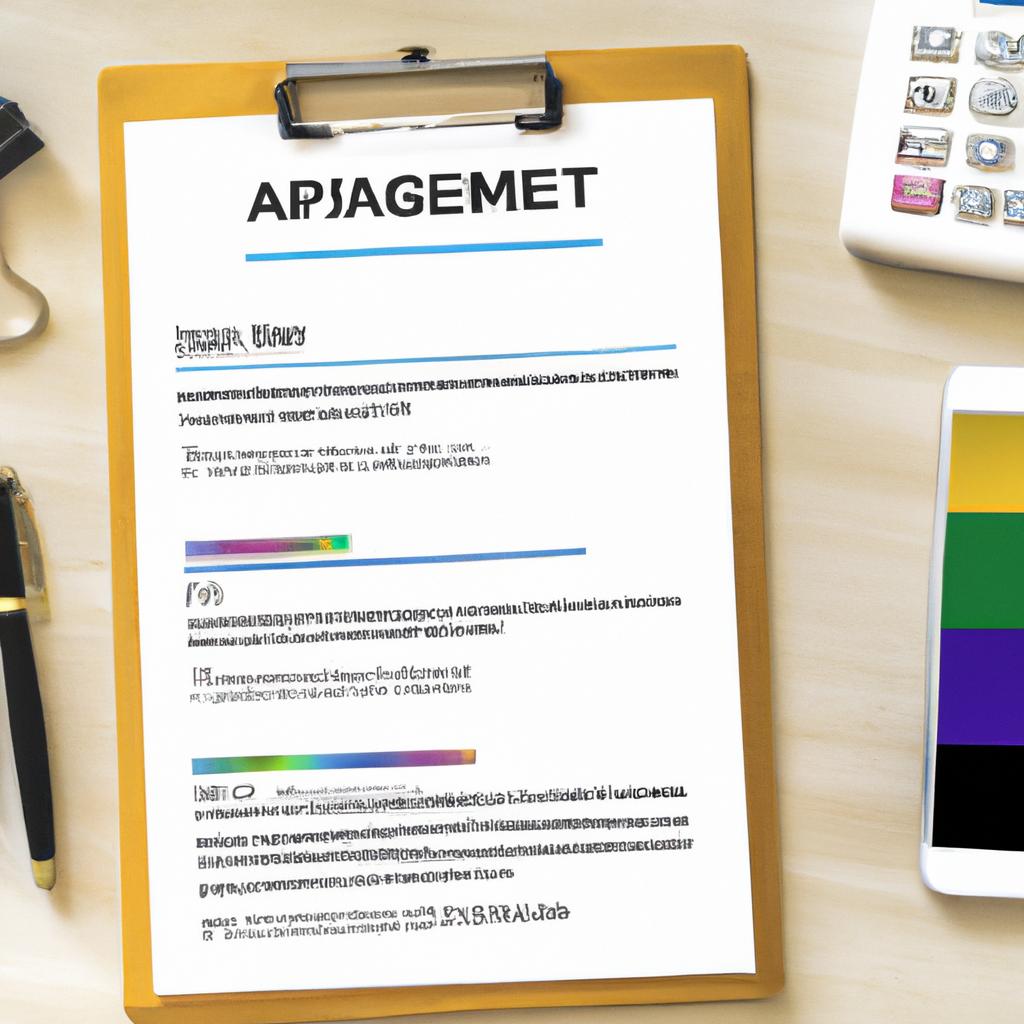In our increasingly digital world, where transactions and agreements are just a click away, the electronic signature has emerged as a powerful tool that simplifies processes and enhances efficiency. Yet, as the convenience of signing documents electronically becomes the norm, questions surrounding the legality and protection of these digital endorsements linger in the minds of many. What makes an electronic signature valid? How do individuals and businesses safeguard themselves against potential fraud or disputes in a virtual landscape? In this article, we delve into the intricate web of laws and regulations governing electronic signatures, exploring their legitimacy, the security measures in place, and the implications for both signers and the entities they engage with. Join us as we demystify the world of electronic signatures and unlock the essential knowledge you need to navigate this vital aspect of modern commerce with confidence.
Understanding the Strengths of Electronic Signatures in Legal Frameworks
Electronic signatures have revolutionized the way agreements and contracts are executed, providing both convenience and security within modern legal frameworks. Unlike traditional signatures, electronic signatures are not merely digital images of a handwritten signature; they are secure, encrypted data that authenticate the identity of the signer. The **strengths** of electronic signatures lie in their ability to streamline processes while ensuring compliance and legal validity. Key benefits include:
- Enhanced Security: Advanced encryption methods safeguard the integrity of the signatures and the documents they represent.
- Time Efficiency: Electronic signatures eliminate the need for physical document exchange, significantly speeding up the signing process.
- Cost-Effectiveness: Reducing the need for printing, mailing, and storing physical documents translates into lower operational costs.
- Legal Recognition: Most jurisdictions recognize electronic signatures as having the same legal standing as traditional signatures, minimizing dispute risks.
Moreover, the use of electronic signatures enhances traceability, as each signing action is logged with a timestamp, creating a verifiable audit trail. This is crucial in cases of contract disputes, as it provides concrete evidence of the signing timeline. The following table highlights the comparison of traditional versus electronic signatures in key aspects:
| Aspect | Traditional Signature | Electronic Signature |
|---|---|---|
| Time Taken | Longer, requires mailing | Instant, no physical transfer |
| Security Measures | Vulnerable to forgery | Encrypted, secure |
| Legal Standing | Widely accepted but varies by jurisdiction | Generally accepted under laws like eSign Act and ESIGN |
Thus, the integration of electronic signatures not only adheres to legal standards but also enhances operational efficiency, making them an invaluable tool in today’s digital landscape.

Ensuring Compliance and Security for Your Digital Agreements
As businesses increasingly shift towards digital solutions, ensuring the integrity and security of electronic agreements becomes paramount. It is vital to adhere to comprehensive measures to safeguard these digital documents, including:
- Encryption: Utilize robust encryption protocols to protect data during transmission and storage.
- Access Controls: Implement strict access controls to ensure only authorized personnel can manage and sign documents.
- Audit Trails: Maintain detailed logs of all interactions with digital agreements, enabling transparency and traceability.
- Compliance Checks: Regularly review your practices against regulatory requirements to ensure compliance with laws governing electronic signatures.
- Secure Platforms: Choose reputable platforms that are compliant with legal standards, offering secure environments for signing and managing electronic documents.
By prioritizing these aspects, you can safeguard the validity of your electronic signatures and enhance trust in your digital interactions, laying a solid foundation for legal acceptance and protection in the digital age.
The Way Forward
As we navigate the ever-evolving landscape of digital interactions, understanding the significance of electronic signatures becomes paramount. What was once viewed with skepticism has transformed into a cornerstone of modern communication, streamlining processes and enhancing efficiency without sacrificing security. By unlocking the legality behind your electronic signature, you empower yourself and your business in an increasingly digital world. As we have explored, the validation and protection of these signatures are not merely technicalities, but essential elements that ensure the sanctity of agreements in a paperless society.
embracing electronic signatures doesn’t just mean adapting to change; it signifies a commitment to innovation and trust in our digital future. Armed with knowledge, you can confidently navigate this realm, bolster your professional dealings, and protect your rights. Whether you’re a business owner, a freelancer, or a curious consumer, understanding the mechanics of your electronic signature is your key to unlocking new opportunities. So proceed with assurance, knowing that your digital affirmations are as valid and protected as the ink upon paper, paving the way for a seamless, secure, and sustainable tomorrow.


